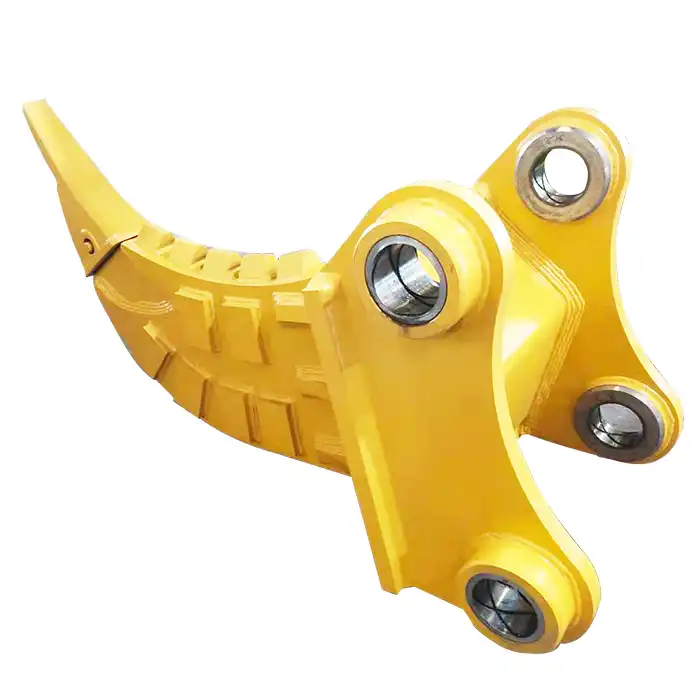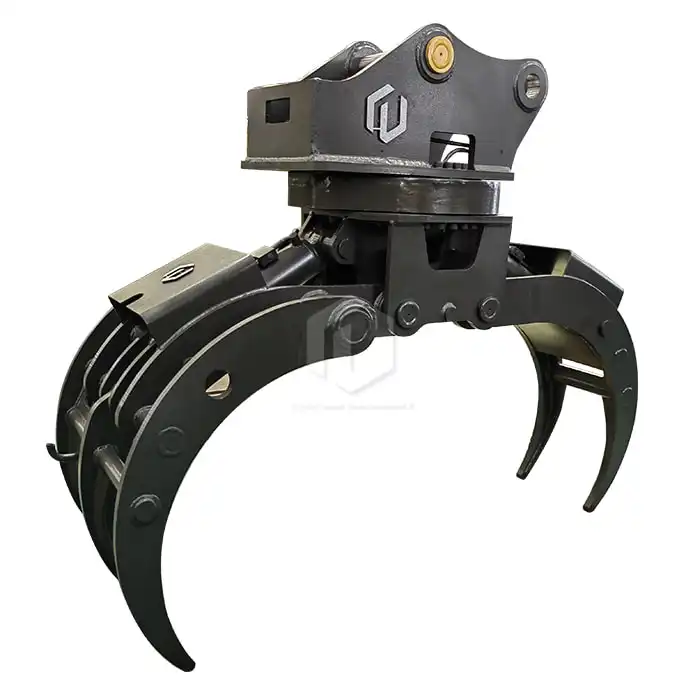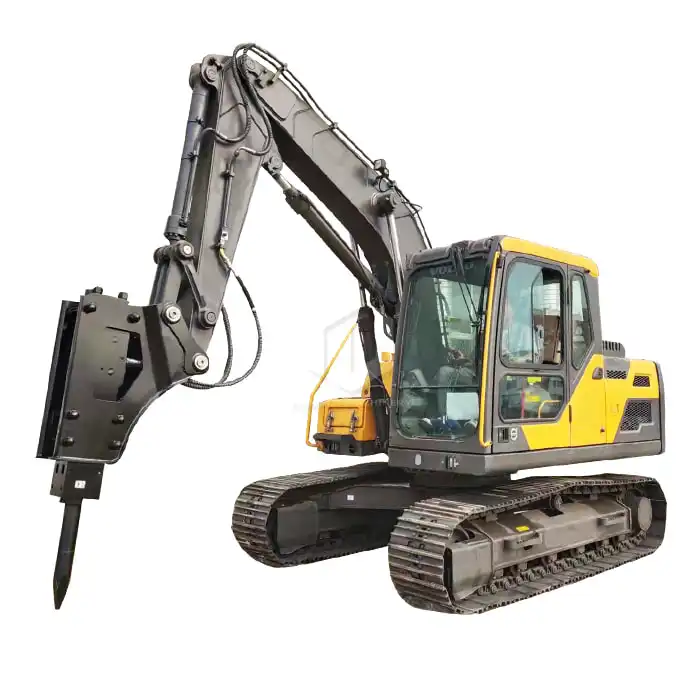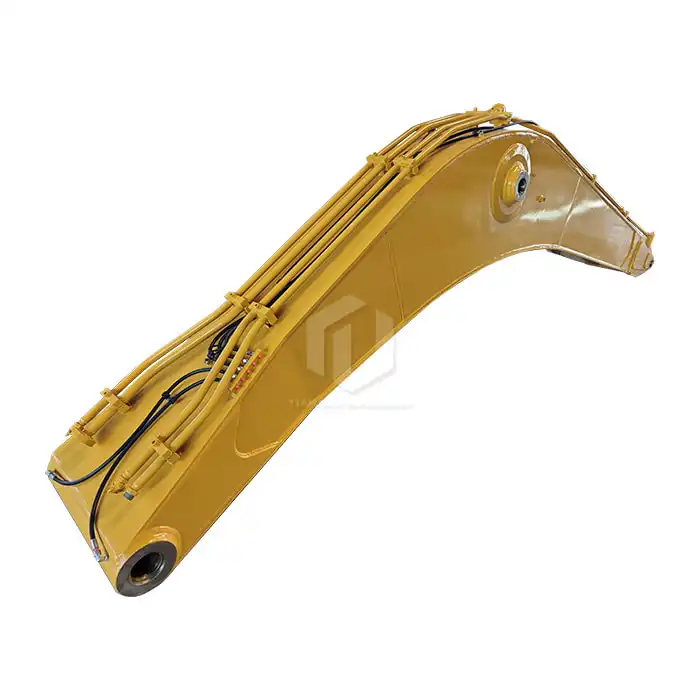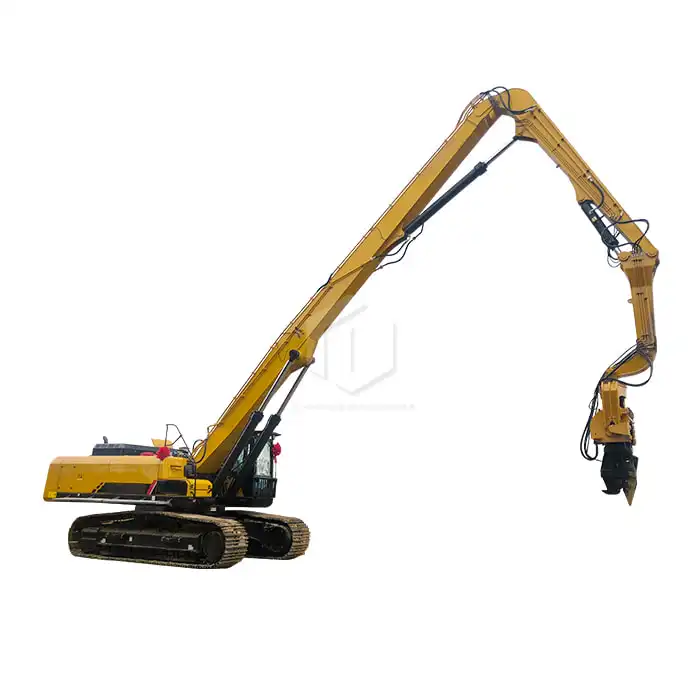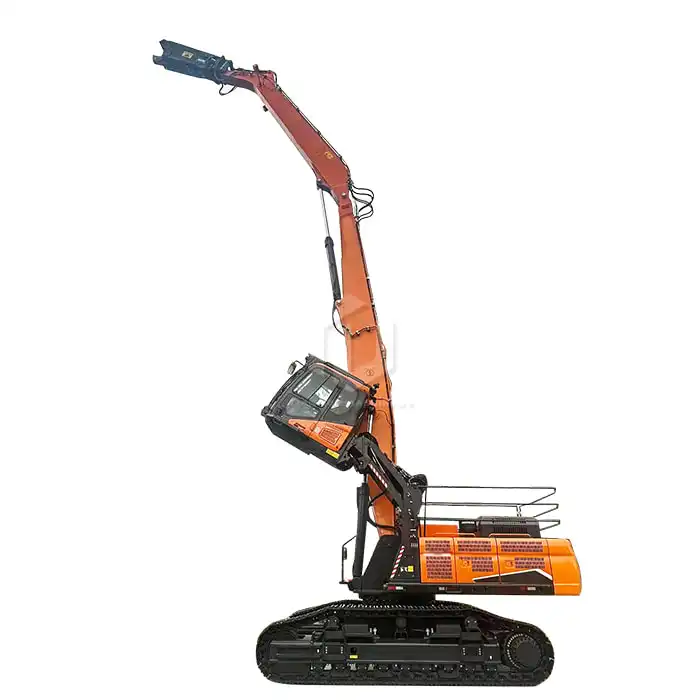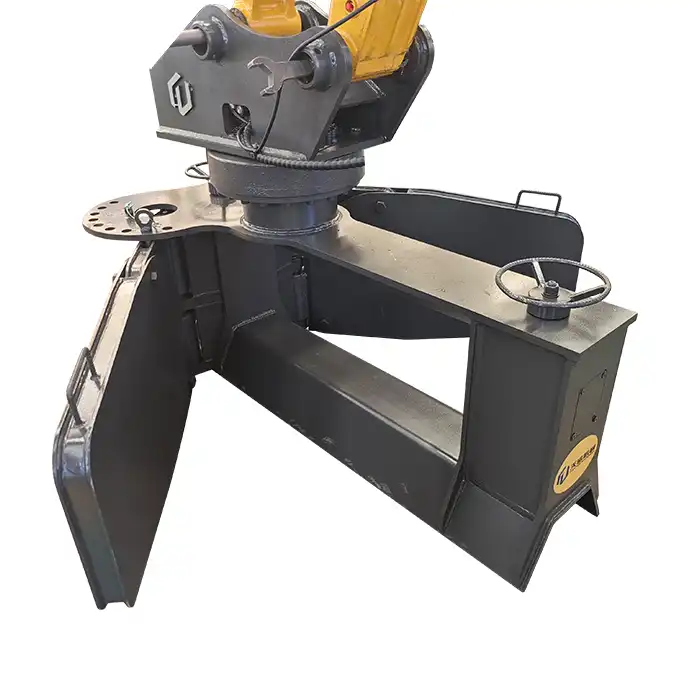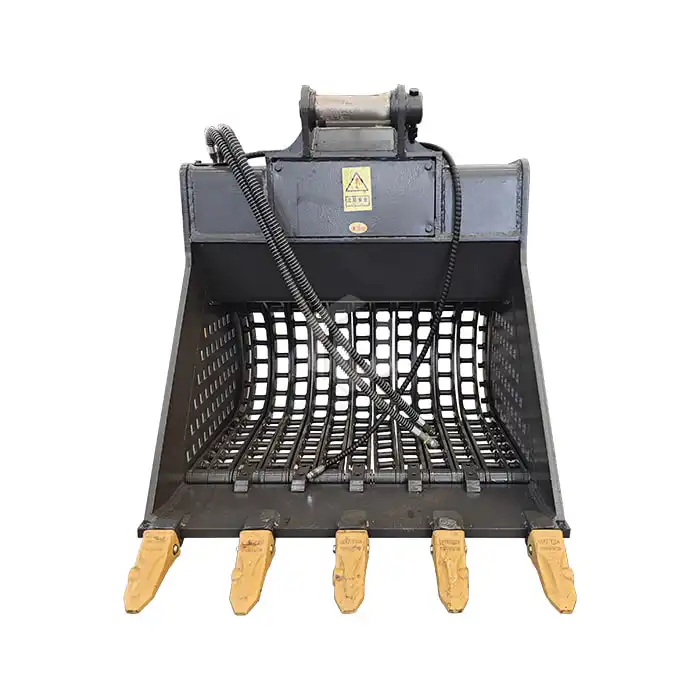What is the difference between ballast plow and ballast regulator?
When it comes to railway maintenance, two essential pieces of equipment often come into play: the ballast plow and the ballast regulator. While both are crucial for maintaining the integrity of railway tracks, they serve different purposes and are used at different stages of track maintenance. In this comprehensive guide, we'll explore the key differences between these two machines, their primary functions, components, and usage stages, with a particular focus on the ballast plow.
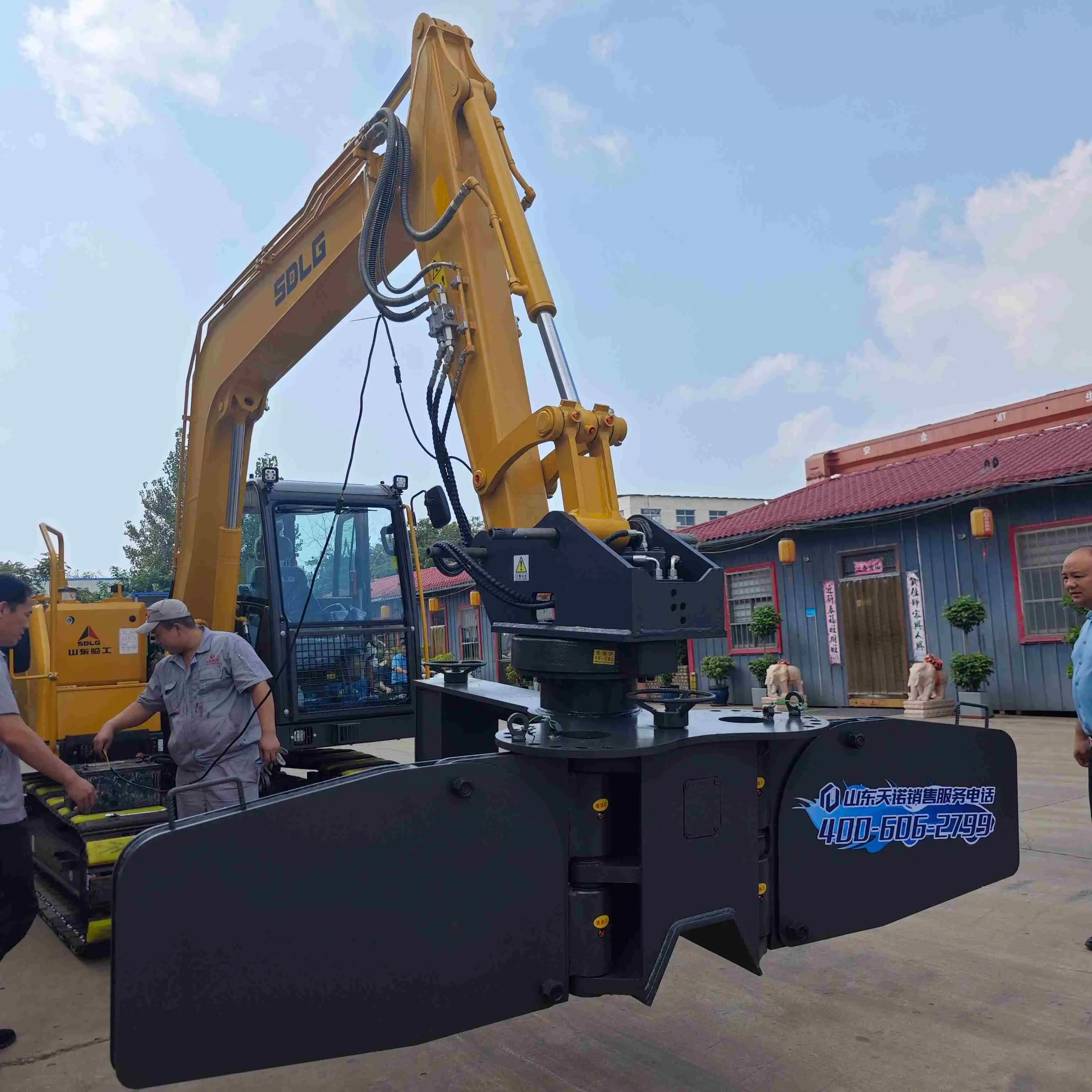
Primary Function
The primary function of a ballast plow is to redistribute ballast along the railway track. This piece of equipment is designed to move excess ballast from the center of the track to the shoulders, ensuring an even distribution of the rock material that supports the rails and ties. its main job is to shape the ballast profile, creating a uniform and stable foundation for the track structure.
On the other hand, a ballast regulator is used to profile and shape the ballast after it has been distributed. Its primary function is to smooth out the ballast, ensuring it's evenly spread and properly contoured. The regulator can also sweep excess ballast off the ties and into the cribs between them, maintaining the correct track geometry.
While both machines work with ballast, the plow is primarily focused on moving and redistributing large amounts of material, whereas the regulator is more concerned with fine-tuning and shaping the ballast profile.
Components
A typical ballast plow consists of several key components that allow it to effectively move and distribute ballast:
- Plow Blade: The main working component, usually made of hardened steel, designed to push and move ballast.
- Hydraulic System: Powers the movement of the plow blade, allowing for precise control.
- Frame: The sturdy structure that supports the plow and attaches it to the host machine.
- Control System: Allows the operator to adjust the plow's position and angle.
- Mounting Brackets: Used to secure the plow to various types of maintenance vehicles.
Ballast regulators, in comparison, have a more complex set of components:
- Plow: Similar to the ballast plow, but often smaller and more maneuverable.
- Broom: Used for sweeping excess ballast off the ties.
- Shoulder Wings: Adjustable wings that shape the ballast along the track shoulders.
- Scarifier: A component that can break up compacted ballast.
- Hydraulic Systems: Control the various moving parts of the regulator.
The more complex nature of the ballast regulator's components reflects its more diverse range of functions compared to the more specialized ballast plow.
Usage Stage
The ballast plow is typically used in the earlier stages of track maintenance or construction. After new ballast has been dumped onto the track, the ballast plow is employed to spread this material evenly along the track bed. It's particularly useful for moving large volumes of ballast quickly and efficiently.
Key stages where a ballast plow is used include:
- Initial ballast distribution after dumping
- Redistributing ballast after track lifting operations
- Clearing excess ballast from the track center
- Preparing the ballast profile for final regulation
The ballast regulator, on the other hand, is used in later stages of track maintenance. It comes into play after the ballast plow has completed its work, or when more precise shaping and contouring of the ballast is required. The regulator is used for:
- Final shaping of the ballast profile
- Sweeping excess ballast from ties
- Contouring ballast shoulders
- Maintaining correct track geometry
- Periodic track maintenance to restore ballast profile
In a typical track maintenance cycle, the ballast plow would be used first to move and distribute large amounts of ballast, followed by the ballast regulator to refine and perfect the ballast profile.
Understanding the differences between these two pieces of equipment is crucial for effective railway maintenance. While the ballast plow excels at moving and distributing large volumes of ballast quickly, the ballast regulator is indispensable for the fine-tuning and precision shaping required to maintain optimal track geometry.
Its simplicity and efficiency make it an essential tool in the early stages of track maintenance. Its ability to move large amounts of ballast quickly can significantly speed up maintenance operations. However, it's the combination of the ballast plow's brute force and the ballast regulator's precision that ensures railway tracks are maintained to the highest standards of safety and efficiency.
For railway maintenance teams, having both a ballast plow and a ballast regulator in their arsenal allows for comprehensive track maintenance. The ballast plow can handle the heavy lifting, moving tons of ballast into roughly the right position. The regulator can then follow up, fine-tuning the ballast profile to ensure perfect track geometry.
It's worth noting that advances in technology have led to the development of more versatile machines that can perform both plowing and regulating functions. However, for many railway maintenance operations, the specialized nature of separate ballast plows and regulators still offers advantages in terms of efficiency and precision.
Ballast Plow Supplier
Tiannuo Machinery's ballast plow is a prime example of advanced railway maintenance equipment. Designed for machines weighing between 5 tons to 10 tons, it's perfectly suited for standard track gauges of 1435 mm. With a width of 2800 mm, a height of 460 mm, and an inclination angle of 8°, this ballast plow offers optimal performance for a wide range of maintenance tasks.
For best results, Tiannuo Machinery recommends using their ballast plow in conjunction with sleeper clamps. This combination ensures superior maintenance outcomes, helping to maintain track integrity and extend the lifespan of your railway infrastructure.
If you're in the market for a reliable ballast plow manufacturer, Tiannuo Machinery should be at the top of your list. Their team of experts is ready to assist you with any queries or requirements you may have. For more information or to discuss your specific needs, please don't hesitate to reach out to their team:
- Manager: arm@stnd-machinery.com
- Team members: rich@stnd-machinery.com and tn@stnd-machinery.com
Contact Tiannuo Machinery today and take the first step towards optimizing your railway maintenance operations with their high-quality ballast plow.
References:
- Federal Railroad Administration. (2020). Track and Rail and Infrastructure Integrity Compliance Manual.
- Esveld, C. (2001). Modern Railway Track. MRT-Productions.
- Lichtberger, B. (2005). Track Compendium: Formation, Permanent Way, Maintenance, Economics. Eurailpress.

